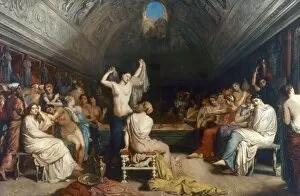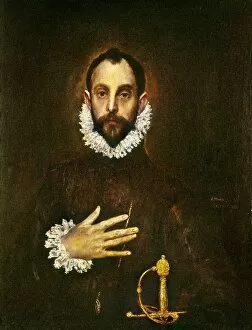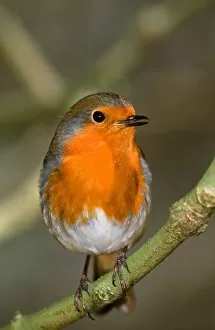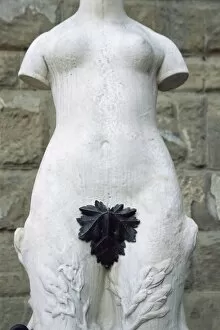Breast Collection (#55)
"Exploring the Art of the Breast: A Captivating Journey through Paintings and Advertisements" In Antonio Maria Fabres y Costa's painting, "The Thief
For sale as Licensed Images
Choose your image, Select your licence and Download the media
"Exploring the Art of the Breast: A Captivating Journey through Paintings and Advertisements" In Antonio Maria Fabres y Costa's painting, "The Thief, " a stolen glance reveals the allure of a woman's breast, captivating both thief and viewer alike. Paul Chabas' masterpiece, "September Morn, " delicately portrays a nude figure emerging from a serene lake, her breast subtly exposed in the early morning light. Frantisek Kupka's "Planes / Nude" showcases vibrant colors that accentuate the curves of a female form, celebrating the beauty and sensuality of breasts as an artistic subject. Jean-Jacques Lequeu's provocative work titled "Et nous aussi nous serons meres car. . " challenges societal norms by presenting male figures with exaggerated breasts, questioning traditional notions of femininity and motherhood. Paul Gauguin's iconic painting "Where Do We Come From / What Are We / Where Are We Going" depicts Polynesian women with bare breasts symbolizing fertility and connection to nature in his exploration of existential questions. An engraved English advertisement for Pears Soap from 1889 features an elegantly dressed woman showcasing her radiant complexion while discreetly emphasizing her décolletage - highlighting how even soap advertisements have historically utilized images related to breasts for commercial appeal. Edouard Manet's controversial masterpiece "Luncheon on the Grass" challenges societal conventions by depicting fully clothed men engaging in conversation with two naked women whose unabashed exposure includes their bare chests. This bold portrayal sparked debates about nudity in art during its time. From Moroccan dancers to mythical Naiads frolicking near water bodies, various forms of art celebrate movement and gracefulness while often incorporating glimpses or representations of female breasts as symbols of femininity and sensuality. Gordon Conway captures modernity in his depiction titled "Her latest dance frock.
















